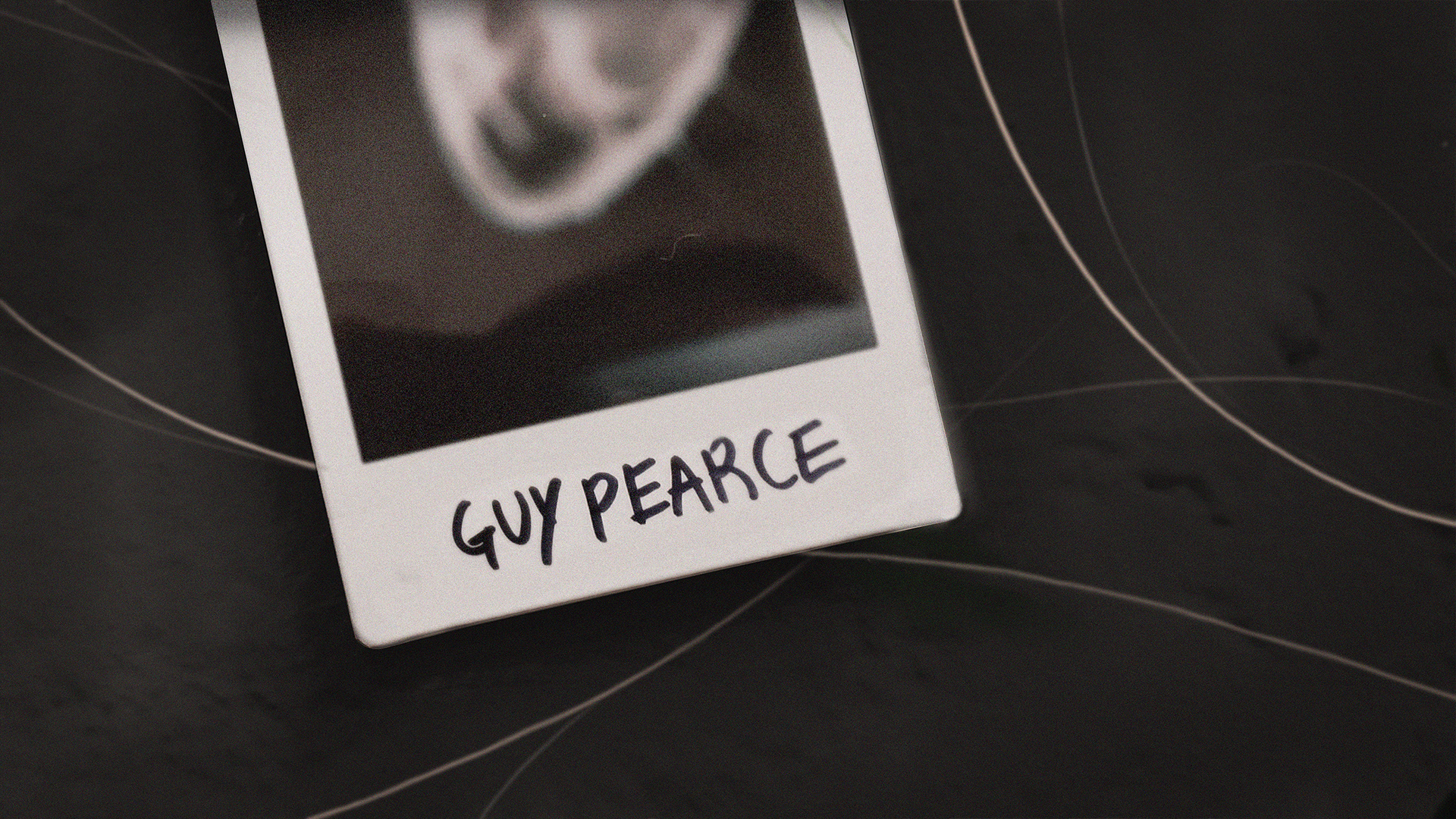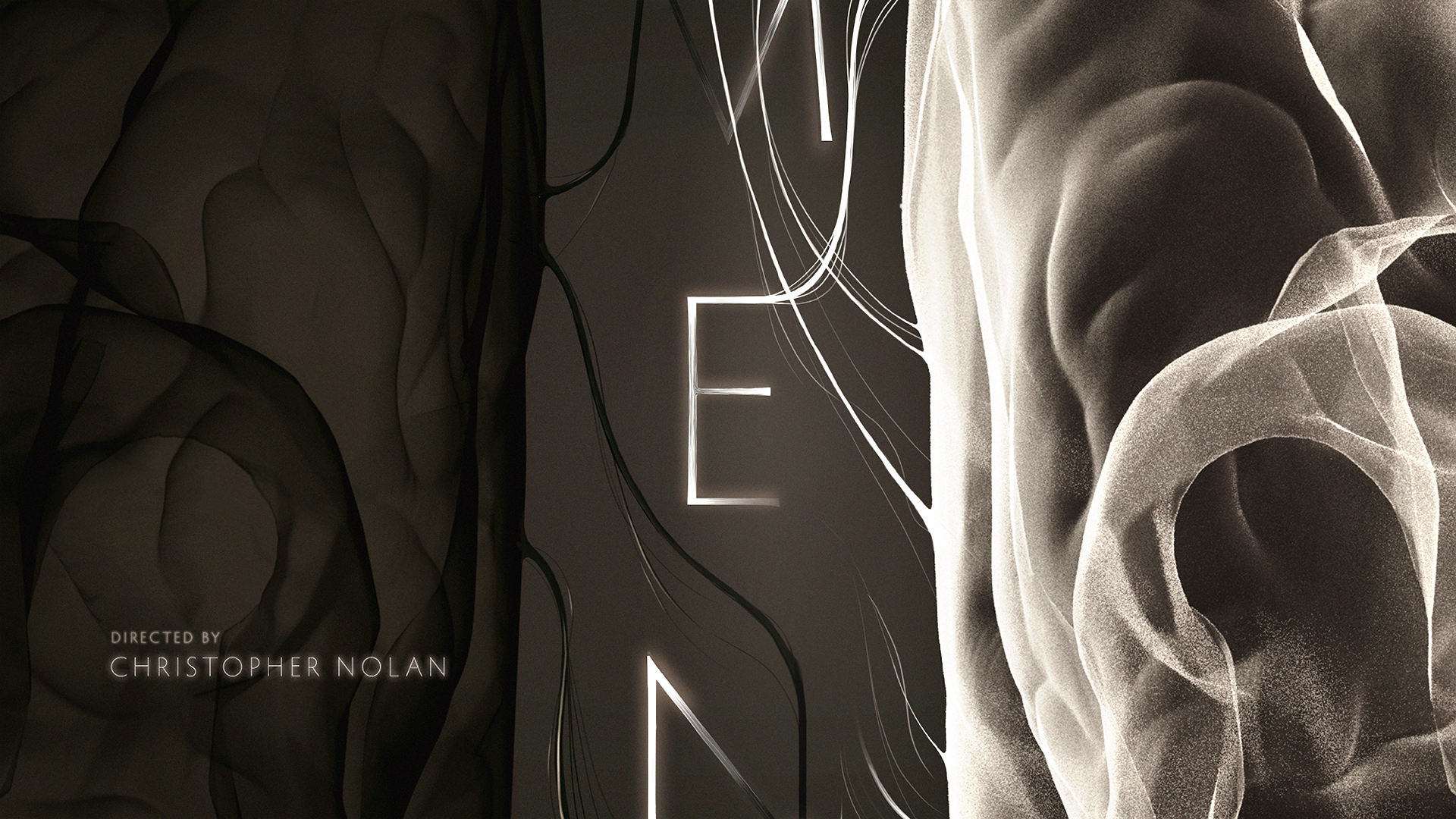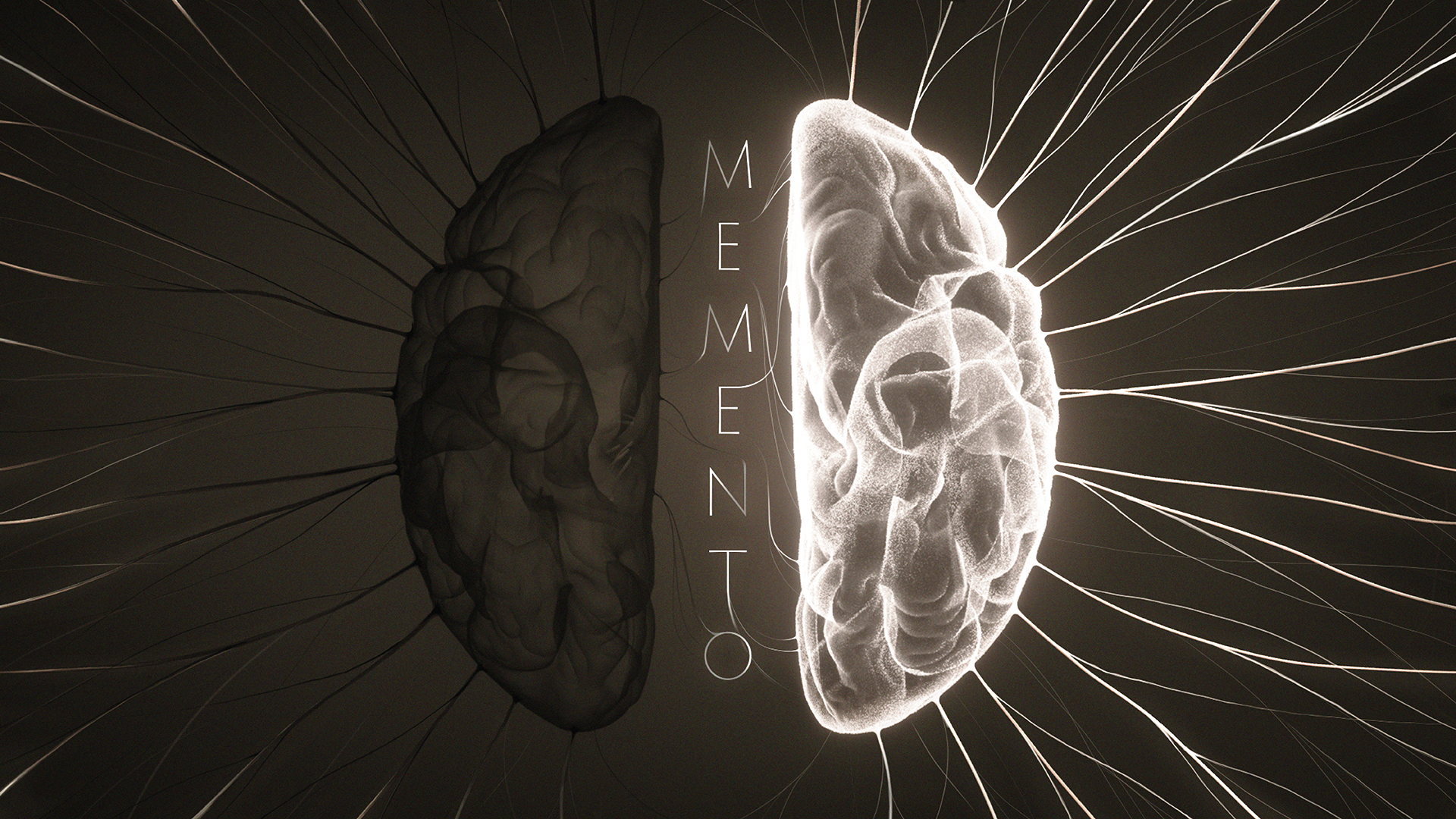Memento
April 2019
April 2019
A memory inside a memory, Memento (2000) is a complicated head spinning adventure. Leonard is determined to avenge his wife’s murder, but is unable to remember anything that happens day-to-day due to short term memory loss. The film goes back in time as he tries to solve each little bit of the puzzle and makes the audience feel just as confused as he is.
The sequence explores the biological aspect of Leonard’s mental state visually. It explores the duality of the brain and both of their roles in the Leonard’s perspective. The left brain, which is associated with rationality and decision making, is impaired, shown visually by the wilting, black, wires, or ‘neurons’. The right side of the brain, which is associated with impulse and emotion, is alive and eager of avenging for his wife’s death. This stark visual contrast between the two different sides represents Leonard’s disjointed reality and lost sense of memory.
Tools Used - Cinema 4D, X-Particles, Redshift Render, Adobe Illustrator, Adobe Photoshop
Collaborators - Emily Zhang
Role - Concept, Art Direction, 3D
Sequence
– 01





Referecence
– 02

Typography
– 03
The font choice for the sequence is Hypathia Sans Pro. We were looking for
a typeface with humanistic qualities, something between a sans serif, and a serif. The rounded, subtle ‘serifs’ in
Hypathia pair nicely with the visual language of our sequence.
We treated the type for the credits with a glow and a subtle fade. The true type treatment lies in the main title.
As an extension of our concept of duality (dark vs. light), we made the letters of the title appear like the coming
together of fibrous wires from opposing sides. This type treatment allows the artwork to flow seamlessly into
the type.


Sketch
– 04
A lot of thought was put into planning the sequential layout of the final sequence in the pre-production stage. Because of this, the storyline has stayed consisent throughout the weeks and focus was more on exploring different ways to create visuals that can translate our concept. As the project progressed, we came to composite both 3D modeling and illustration, to give the sequence the personal, delicate feel we sought after. Neurons modeled in Cinema 4D were manipulated in photoshop then composited in illustration in various places by adding details such as fibers, and microfibers to add to the overall precise yet delicate visual language.
